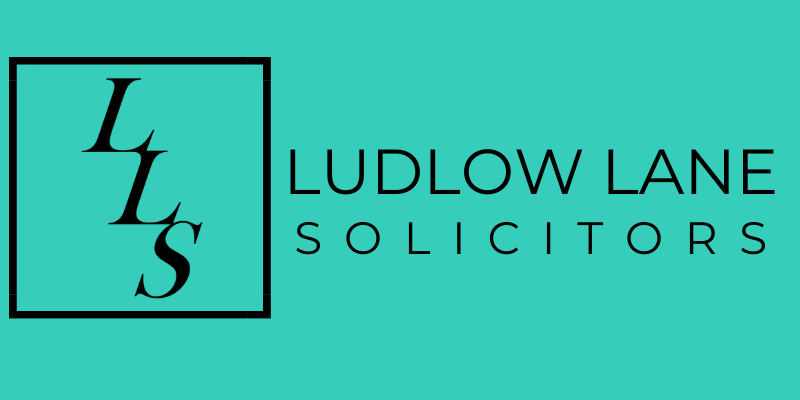What’s Your Legal Responsibility With Invasive Plant Species?
So you’re out there on a Saturday morning in your wellies doing a bit of gardening, tending to your Foxgloves and Forget Me Nots.
And as you’re trimming back some of the Blackberry bush you notice something behind it you hadn’t seen before. What are those pretty white flowers?
Is that a Japanese Knotweed?
So you’ve discovered you have an invasive plant species on your property.
What’s the big deal?
Well it may be a bigger deal than you think, especially if you’re planning on selling your home at some point.
There have been cases of people being sued large sums of money for not declaring invasive plant species such as this on their land when selling their property. And it seems they may have genuinely not known about the plant at all before or at the time of the sale.
This story here illustrates how it may be wiser to rather tick “not known” on the sale form when it comes to declaring whether or not there is such a plant on your property.
Even when you really think there couldn’t possibly be one lurking anywhere in your garden.
In any case, it is best to know your garden or at least check it thoroughly for any signs of unwelcome plant life before starting the process of selling.
However, if you’re not planning on selling any time soon and just want to know what your legal responsibilities are, should you have any invasive plants or noxious weeds on your property, then here are some guidelines.
In some parts of the UK, planting, importing, selling or allowing certain invasive species to grow is punishable by up to two years in prison, so it’s vital to know your natives from your non-natives before planting your flower bed.
Invasive plants
An “invasive species” is defined as a species that is non-native (or alien) to the ecosystem under consideration and Whose introduction causes or is likely to cause economic or environmental harm or harm to human health. If you own or occupy land that has invasive plants, you don’t need to notify anyone about these plants being on your land. The problem only comes in when intentionally planting listed species on your land, or intentionally causing existing listed plants to spread.
It’s best to adhere to the following guidelines to ensure you are fulfilling your legal responsibilities:
- spraying invasive plants with herbicide
- cutting and burning invasive plants
- follow specific procedures of burying invasive plant material on site
- follow specific procedures when disposing of invasive plants and contaminated soil off site
You can find a list of invasive plants to look out for here.
Noxious weeds
What is a noxious weed? A noxious weed is any plant designated by law to be detrimental to public health, agriculture, recreation, wildlife or property. Once a weed is classified as noxious, authorities can implement quarantines and take other actions to contain or destroy the weed and limit its spread. Some examples of those considered noxious in the UK are:
- common wild oat
- winter wild oat
- spear thistle
- creeping thistle
- broad leafed dock
- curled leafed dock
- common ragwort
And if all else fails just make sure you make sure to tick the right box on that Property Information form…
#familysolicitorsurrey #familysolicitorchipstead #propertylaw #invasiveplantspeciesuk #noxiousweedsuk
